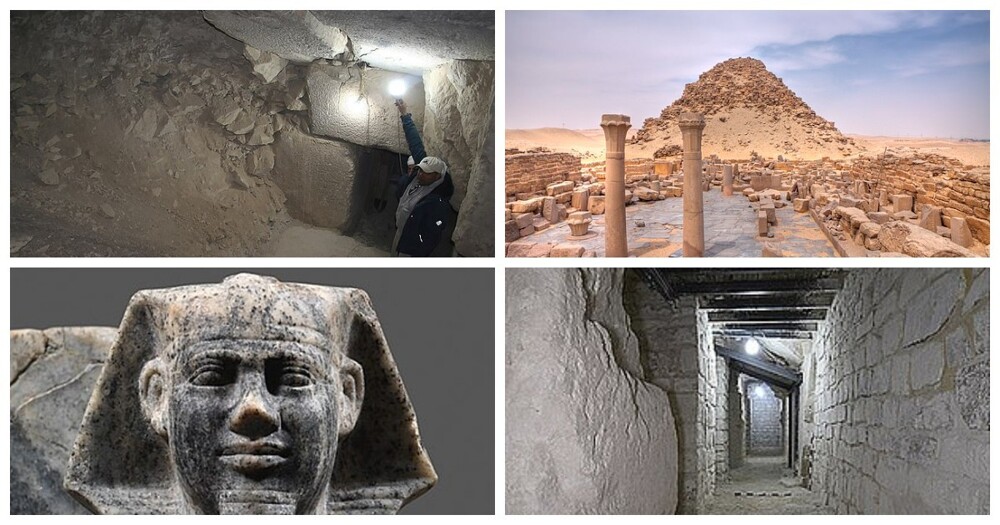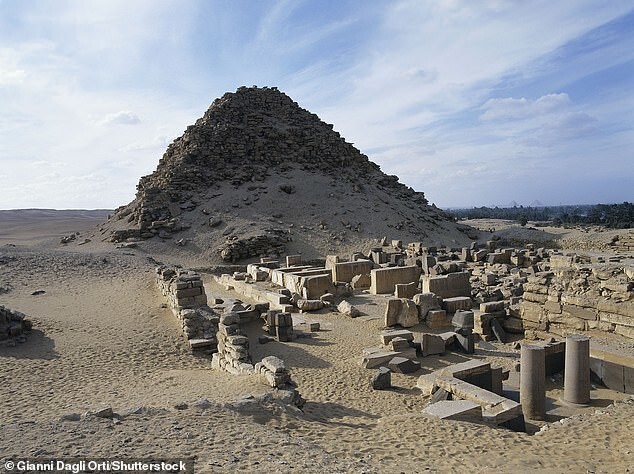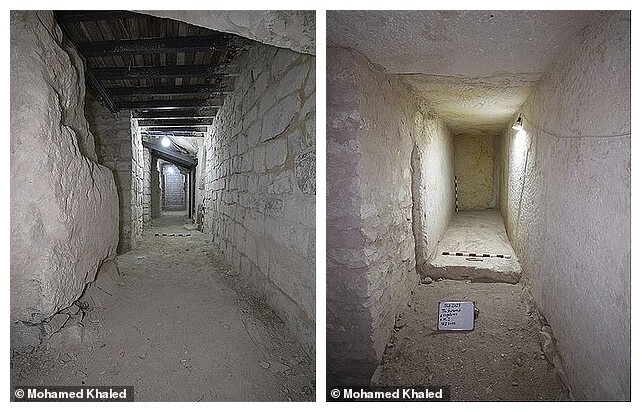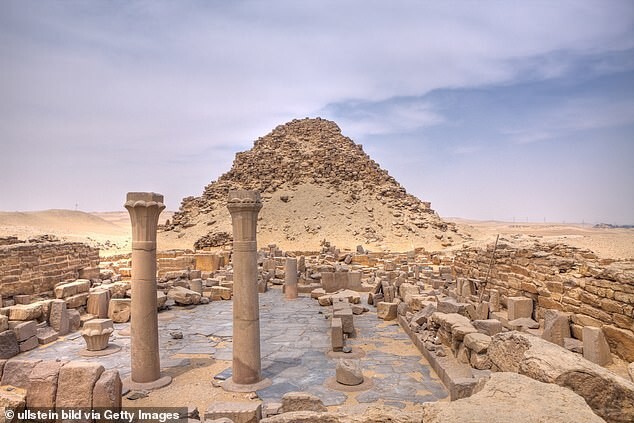Eight secret rooms were found in the pyramid of Pharaoh Sakhur (5 photos)
Researchers from the Julius Maximilian University in Würzburg studied the Pyramid of Sahure as part of a conservation and restoration project. And they found several storage facilities that had not previously been documented. 
The pyramid was built over 4,400 years ago in honor of the Egyptian pharaoh Sahure of the Fifth Dynasty. New excavations have revealed eight previously unknown storage rooms. 
“This pioneering project represents an important milestone in the understanding of the Pyramid of Sahura and its historical significance,” said the team of scientists led by Dr. Mohamed Ismail Khaled. 
The Pyramid of Sahure was built in the late 26th to 25th centuries BC for Sahure (also known as Sahure), the second king of the Fifth Dynasty and the first king buried at Abusir. Sahura's reign was marked by peace and prosperity. Among other things, Sahure traded with foreign countries, developed a navy and opened mines.
The pyramid was first excavated in 1836 by John Perring, an engineer working under Colonel Howard Weiss, and then explored by Egyptologist Ludwig Borchardt in 1907.
Now, more than 100 years later, scientists have once again entered the ancient pyramid. Their original intention was to stabilize the base of the pyramid and prevent it from collapsing. 
Using 3D laser scanning, scientists conducted detailed studies inside the pyramid. This allowed them to create detailed maps of both the vast external areas and the narrow corridors and rooms inside. A secret passage was also discovered that led to eight previously undiscovered storage rooms. The ceilings and floors of these rooms (cellars) are heavily damaged, and it remains unclear what exactly was stored there. 
Having discovered new premises, the researchers decided to return them to their former glory and carried out restoration. Scientists hope to continue studying the pyramid and unraveling the secrets it may still hold, including how it was built and what was stored in the hidden cellars.
“The discovery and restoration of the storehouses is expected to revolutionize views on the historical development of pyramidal structures and challenge existing paradigms in the field,” they said.






















